The ancient Earth was full of monstrous beasts that grew to a scale unlike anything alive now. Many modern species, the big and the small alike, are dwarfed in comparison to their prehistoric relatives.
The species below all look a lot like animals you’d recognise, but with one key difference: they’re much, much bigger. From snakes that could eat a crocodile to a crocodile that could eat a dinosaur, these beasts are not ones you’d want to live in the same time period as, let alone the same place.
Take a look at these 10 ancient creatures and be glad they’ve gone extinct.
Gigantopithecus blacki: the largest ape

Where: China, India, Vietnam
When: 300,000-1 million years ago
From the Yeti to Hollywood’s King Kong, myths and stories have always surrounded gigantic apes. Gigantopithecus blacki, the largest ape that ever lived, stood 3m tall and weighed over 500kg. Its enormous bulk and brute strength kept Gigantopithecus safe from the predators it lived alongside – including tigers, leopards and black bears.
Despite its great size, the huge knuckle-walker was a herbivore, using its heavy and muscular jaws to chew the tough grasses found in the South East Asian forests where it lived. Still, you wouldn’t get between this great ape and its salad, would you?
Daeodon shoshonensis
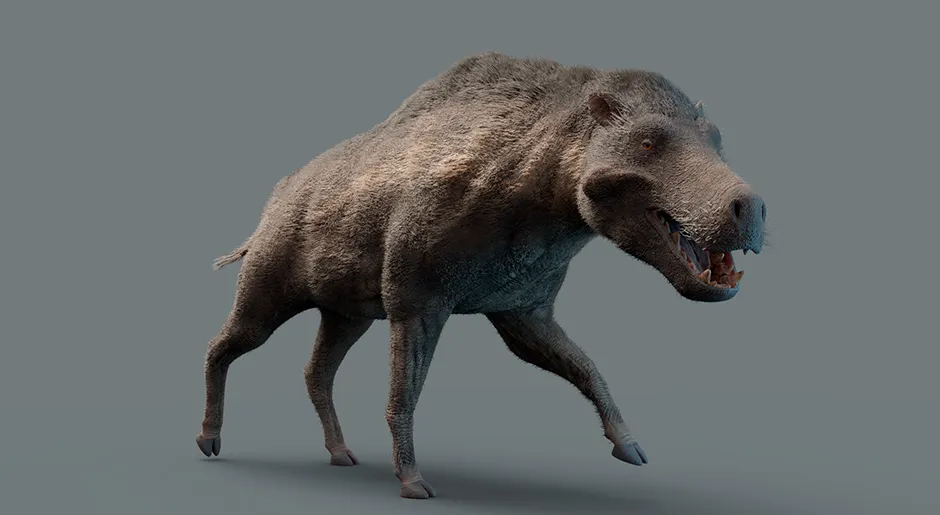
Where: North America
When: 18-25 million years ago
Daeodon shoshonensis was one tonne of angry, carnivorous hog. Its metre-long skull housed formidable jaws filled with teeth perfectly adapted for splintering bone and slicing flesh. A formidable hunter, it preyed on early horses and camels.
Dunkleosteus terrelli
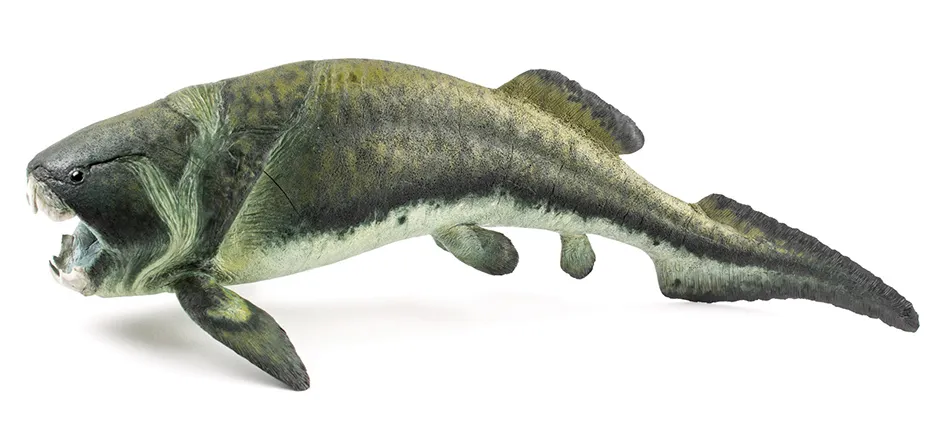
Where: worldwide
When: 400 million years ago
A giant 10m-long fish with an armour-plated head, the Dunkleosteus terrelli could bite down with a force of 5,000 Newtons. It could open its jaws (lined with self-sharpening teeth) in 1/15th of a second, creating a current to draw smaller victims into its gaping maw.
Arctodus Simus
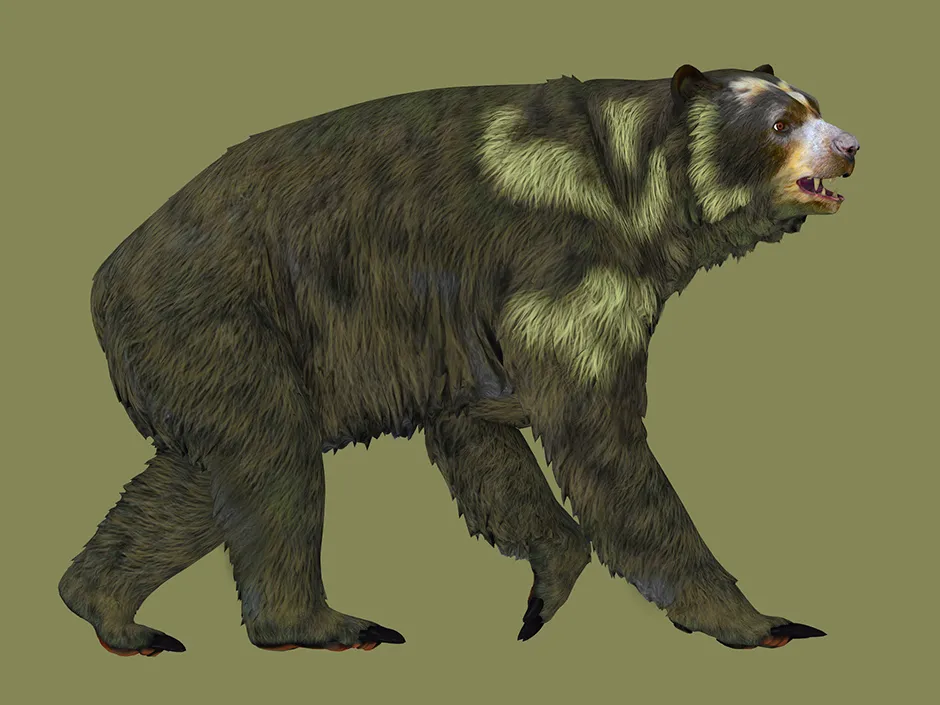
Where: North America
When: 12,500-800,000 years ago
Early humans had to compete with many fierce predators, and Arctodus Simus was among the greatest. Bigger than any bear alive today, it stood 4m tall, weighed up to a tonne and could bring down bison.
Titanoboa cerrejonensis
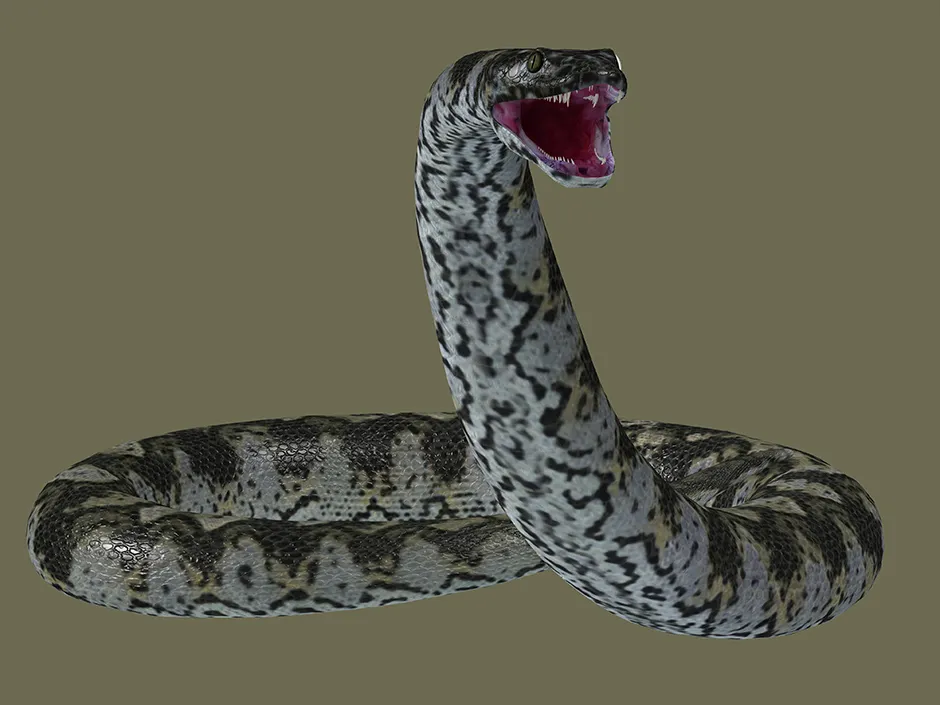
Where: Colombia
When: 58-60 million years ago
Not many animals can prey on crocodiles, but the giant snake Titanoboa cerrejonensis was one such beast. It grew to colossal proportions, often reaching 13m in length and weighing more than 1,100kg, with a body so thick it would reach up to a man’s waist.
Like modern-day anacondas, Titanoboa used to lie in wait beneath the surface of a lake or river. Any prey that came close was swiftly seized and dragged underwater. Here the snake would entwine its struggling victim, before constricting to finish it off.
Beelzebufo ampinga

Where: Madagascar
When: 70 million years ago
Lurking in the Cretaceous undergrowth, Beelzebufo ampinga was an amphibian not to be trifled with if you were an insect, lizard or even small dinosaur. At 40cm long and weighing 4kg, it dwarfed even the largest frogs alive today.
As an ambush predator, it would lie hidden in the lush foliage like an aggressive prehistoric landmine. There it would wait for insects, lizards and young dinosaurs to stumble by, before snapping them up in its enormous jaws.
Arthropleura
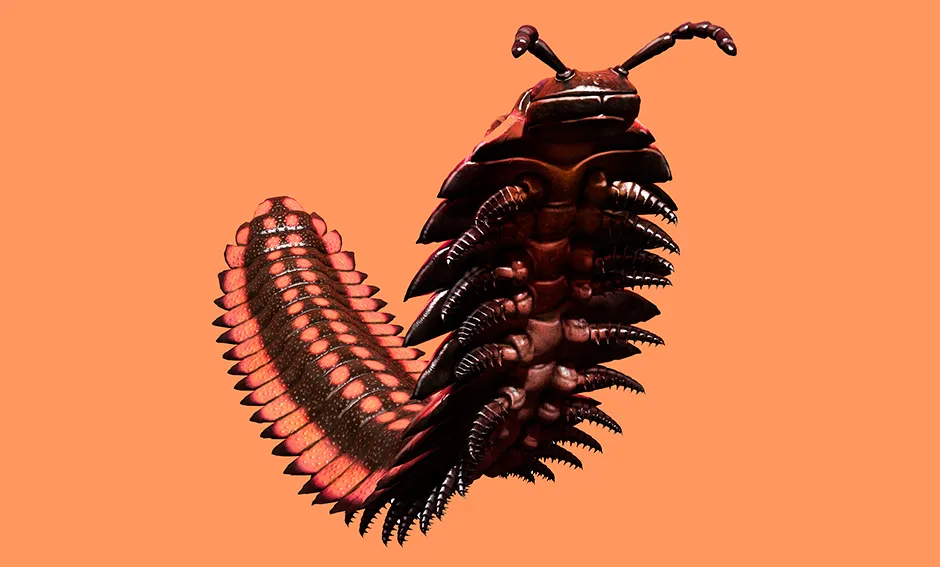
Where: Scotland, North America
When: 280-340 million years ago
One of the largest bugs to ever crawl the Earth, Arthropleura resembled a 2m millipede with 30 pairs of legs. This creepiest of crawlies had a wide, flattened and heavily armoured body and fed on rotting leaves and any small animals it could catch. Its considerable size and thick, rough armour meant it was at little risk from predators.
Archelon ischyros
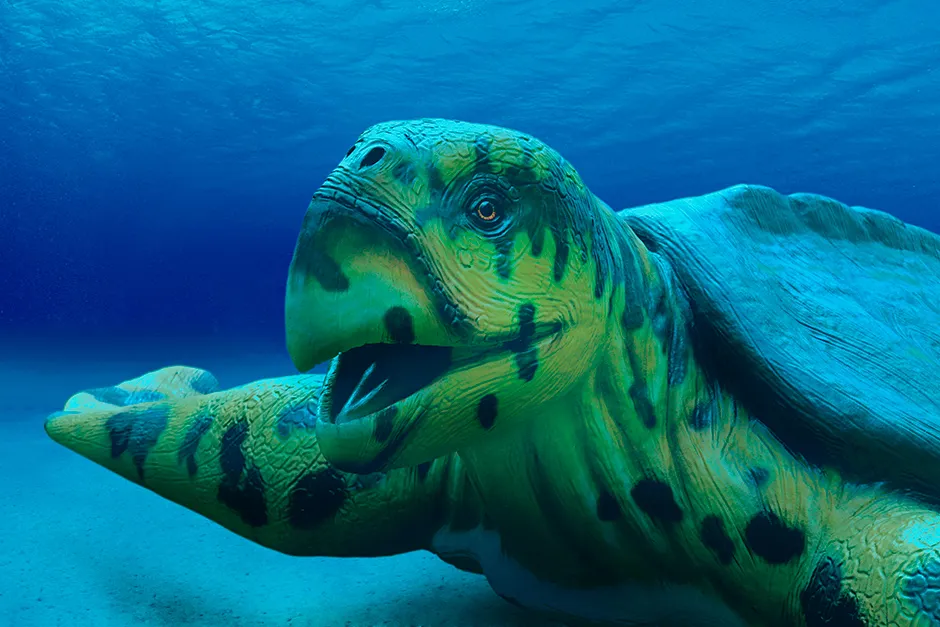
Where: North America
When: 74 million years ago
Archelon ischyros was a two-tonne turtle that cruised the Cretaceous seas. The car-sized carnivore had a powerful hooked beak to squash squid and crunch through the shells of crustaceans. The largest specimen ever found was over 4m long and 5m wide.
Its shell wasn’t a single solid mass of bone; consisting instead of many separate bony and leathery plates.
Sarcosuchus imperator
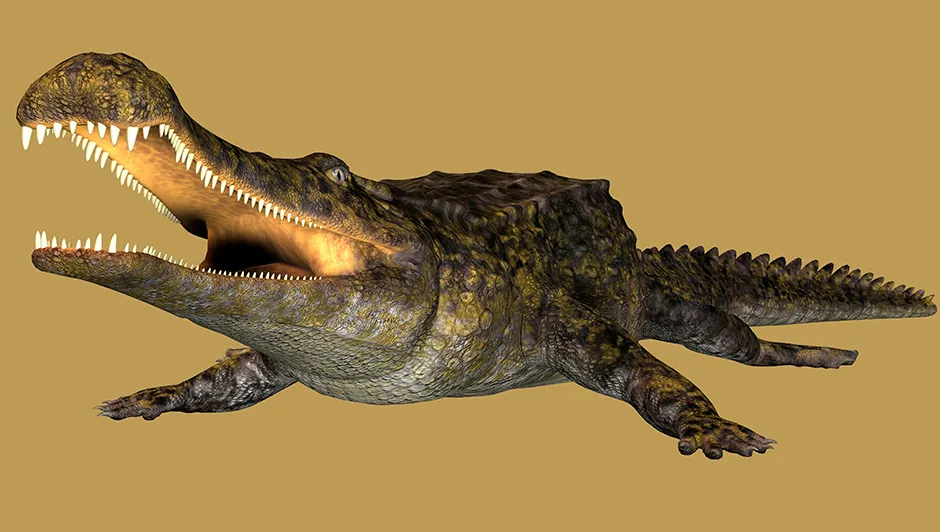
Where: Sub-Saharan Africa
When: 110 million years ago
They call it super croc, and it’s not hard to see why. The jaws alone were bigger than a man and tipped with stout backward-pointing teeth. Once Sarcosuchus imperator had snared a victim, the unfortunate prey would be unable to escape as the 10-tonne crocodile dragged it back into the water where it would be drowned and consumed.
Inhabiting the waterways of the Cretaceous, the 12m-long croc was large enough to not only compete with, but also prey upon, the dominant animals of the time – the dinosaurs. Crocs are still impressively nasty pieces of work, but thankfully smaller nowadays.
Brontornis burmeisteri
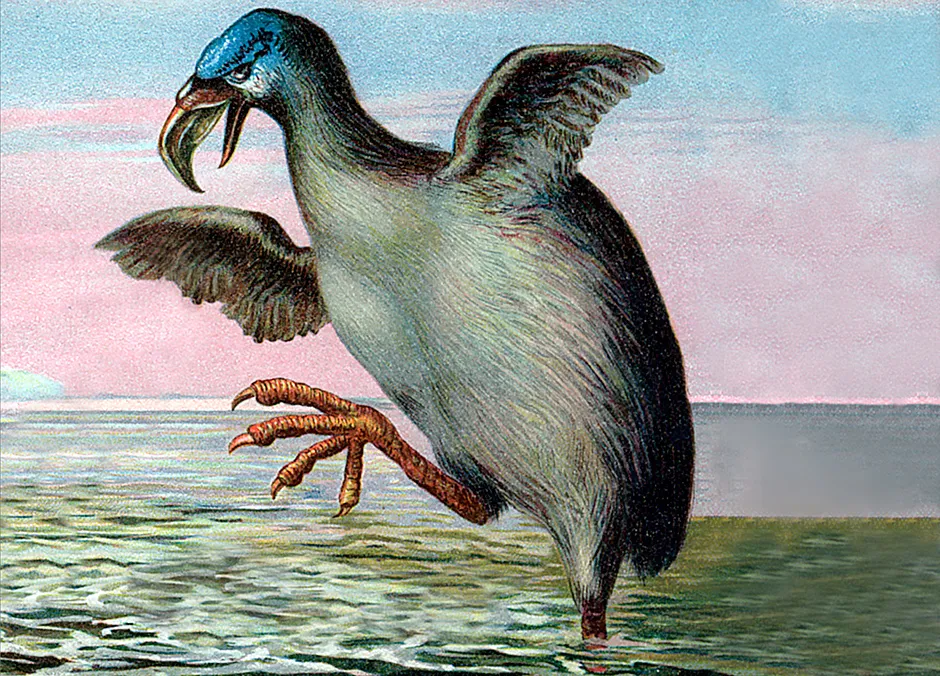
Where: South America
When: 23-25 million years ago
The largest carnivorous bird ever, the 3m tall, 400kg Brontornis burmeisteri was equipped with a massive beak and enormous claws. As quick as a cheetah, it could also kick hard enough to shatter bone. This bird needed to be strong too, as its prey included ancient relatives of the armadillo, which were heavily armoured and grew to the size of a small car.